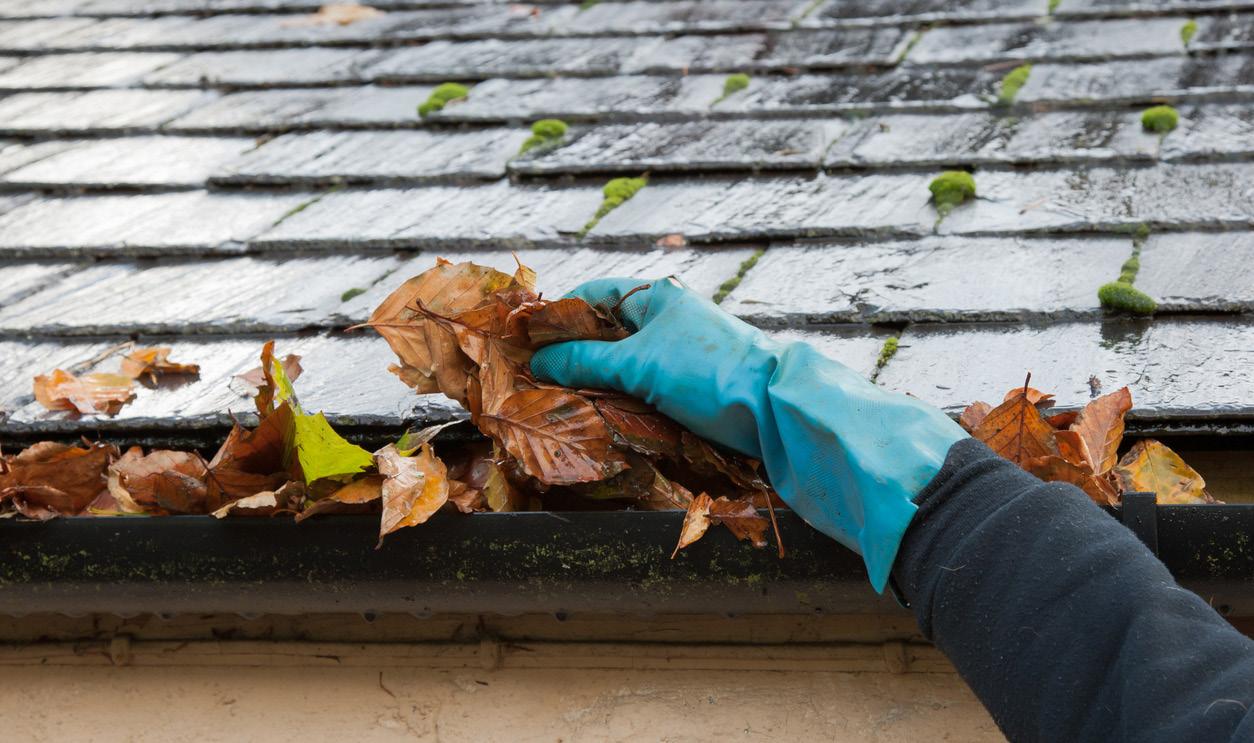
3 minute read
Sarah Southard, DVM
CWD
Chronic Wasting Disease
Advertisement
Fall – a season that brings so many different traditions and loves back to the schedule. Football season for some. Everything pumpkin for others. Beautiful colors for “leaf peeping.” Sweater weather, corn mazes, chicken stews…the list could go on. Folks who are like two of my neighbors finally realize the reward for all of their labors throughout the rest of the year as hunting season for white-tailed deer arrives. They live and work to hunt. This year, considerations will be quite a bit different for deer hunters in our area. Chronic Wasting Disease has arrived and threatens to decimate the wild cervid population. What is it and why all the fuss? Chronic Wasting Disease (CWD) is classified as a transmissible spongiform encephalopathy (TSE.) TSEs are caused by prions–misfolded proteins in the brain. Prions accumulate in brain cells causing them to rupture. This causes the brain tissue to have a spongy appearance microscopically (hence “spongiform” in the name) and causes affected animals to have progressively worsening neurological signs clinically. CWD affects various cervids including white-tailed and mule deer, moose, elk, and reindeer. Other TSEs include bovine spongiform encephalopathy (commonly known as mad cow disease) in cattle, scrapie in sheep and goats, and Variant CreutzfeldtJakob Disease in humans. These diseases are not treatable and are not preventable by vaccination. They are always fatal. The North Carolina Wildlife Resources Commission (NCWRC) has been performing CWD surveillance testing of deer since 1999. The first positive diagnosis was made in March 2022 in a hunter-harvested deer from Yadkin County. As a result, NCWRC has implemented various protocols to further assess the prevalence of CWD in North Carolina and perhaps most importantly to help prevent its establishment and spread within the state’s deer population. In the state’s designated primary surveillance area, CWD testing is mandatory for all deer harvested during the entirety of the state’s black powder and gun seasons for white-tailed deer (November 5, 2022 – January 2, 2023.) Parts of Yadkin and Surry Counties are included in the primary surveillance area at the time of writing this article. In the secondary surveillance area (counties surrounding Yadkin and Surry), testing is required for all deer harvested during black powder season and from opening day through the second Sunday of gun season (November 5, 2022 – November 27, 2022.) Testing is voluntary, but strongly encouraged during all other times. There are also restrictions on the transportation of carcasses from the primary and secondary surveillance areas within NC, as well as restrictions on the importation of deer parts from other states. Because prions cannot be destroyed by disinfectants, freezing, or desiccation and because they can survive and remain infective for years (possibly decades) in the environment, it is imperative that we limit the spread of CWD by following the NCWRC transportation regulations and by practicing safe handling and disposal procedures when harvesting deer. It is important to note that apparently healthy deer may be infected and able to spread CWD without showing any clinical signs of sickness. The non-hunting public can be of assistance as well. If you observe a sick or dead deer, leave the animal where you found it and contact the Wildlife Management District Biologist for our area (336-830-9794 ) or the NC Wildlife Helpline (1-866-318-2401). For further information and the most current NCWRC regulations, including any updates to the surveillance areas map, visit the NC CWD information page at NCWildlife.org/CWD/ Let us do the dirty and dangerous work of cleaning out those clogged gutters. Better yet – we can install new gutter guards and put that ladder away for good!





